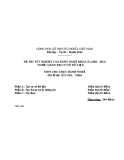
18
Copyright © Oracle Corporation, 2002. All rights reserved.
Auditing

18-2 Copyright © Oracle Corporation, 2002. All rights reserved.
Objectives
After completing this lesson, you should be able to do
the following:
•Outline auditing categories
•Enable auditing for an instance
•Outline auditing options
•Obtain audit information

18-3 Copyright © Oracle Corporation, 2002. All rights reserved.
Auditing
•Auditing is the monitoring of selected user database
actions, and is used to:
–Investigate suspicious database activity
–Gather information about specific database activities
•Auditing can be performed by session or access

18-4 Copyright © Oracle Corporation, 2002. All rights reserved.
Auditing Guidelines
•Define what you want to audit:
–Users, statements, or objects
–Statement executions
–Successful statement executions, unsuccessful
statement executions, or both
•Manage your audit trail:
–Monitor the growth of the audit trail
–Protect the audit trail from unauthorized access

18-5 Copyright © Oracle Corporation, 2002. All rights reserved.

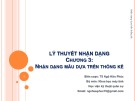
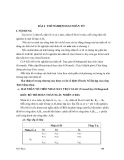



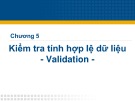
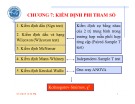
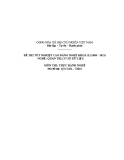
![Đề thi thực hành Quản trị cơ sở dữ liệu năm 2011 (Mã đề TH9) [Kèm Đáp Án Chi Tiết]](https://cdn.tailieu.vn/images/document/thumbnail/2014/20140715/vanganhchieunay/135x160/3261405410766.jpg)
